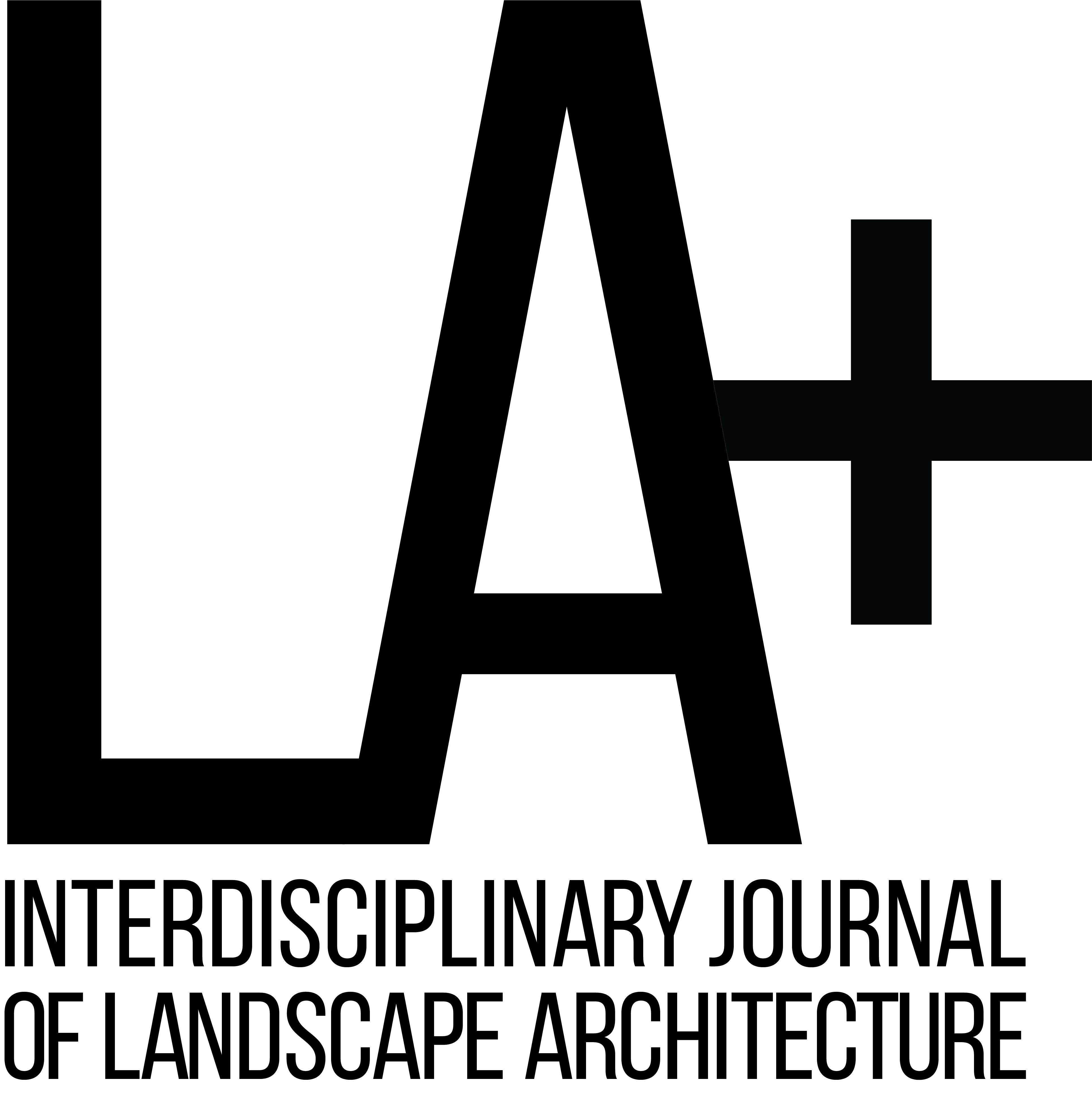Critiquing the present, speculating about the future, and engaging in creative
thinking to inspire social or environmental change sounds a lot like design.
What makes utopian thinking any different?
The concept of utopia has been revisited time and again in literature,
philosophy, architecture, and urban planning. Thomas More’s 1516 book
Utopia —literally, “no place”—describes an imaginary ideal society. Although it
is considered a satirical take on the society of his time, it has inspired more
“earnest” visions, such as Edward Bellamy’s
Looking Backward (1888) and
Constant Nieuwenhuys’s
New Babylon (1956-74), both of which imagined
people largely liberated from labor in pursuit of creativity and leisure. Benign
views of automation and various failed utopian experiments have been
criticized as naïve at best and tyrannical at worst. Even Plato cautioned that
the absolute power given to "philosopher kings" could lead to corruption. Of
course, a perfect utopia can only exist in fiction, and a charge of utopianism
is often used to dismiss what seems impossible. However, with utopian ideas
comes radical speculation about what could and should change in society.
Now seems like an opportune time to explore how we might find a place for
“no place.” As S.D. Chrostowska states:
Without utopia, our consciousness is
not up to what is to be done.
We invite contributions about the relationship between utopia and topics
such as design, visual rhetoric, labor, technology, property, and more.
Email
abstract and short bio to laplus@design.upenn.edu by 10 June 2025. For information
on submissions, see www.laplusjournal.com/Submissions.



